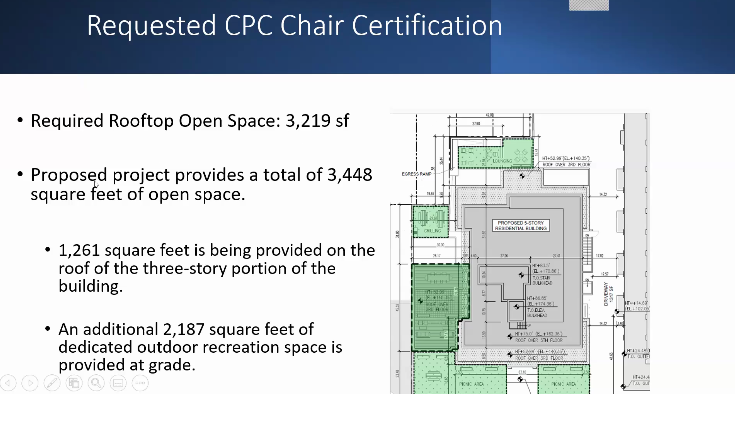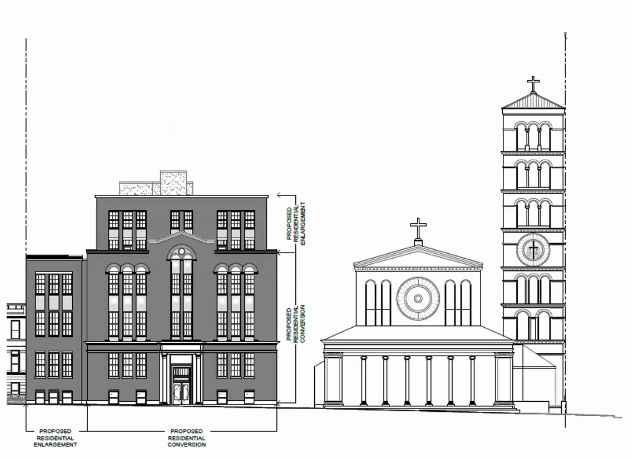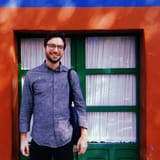Renovations to Landmarked Crown Heights Church Draw Frustration From Locals


A developer’s relatively minor request for a zoning code modification at the site of a landmarked Crown Heights church turned into a referendum on the company’s track record at a community board meeting last night, revealing lingering frustration on the part of many local residents.
The developer, Workable City, had already received city approval to convert St. Gregory’s Church at 991 St. John’s Place, formerly a Catholic school, into a 40-unit rental building. Workable City paid $7 million to St. Gregory the Great Roman Catholic Church to lease the building, which held a parochial school until 2011, because the diocese cannot otherwise afford needed multi-million dollar repairs to the adjacent church building.
The city’s Landmarks Preservation Commission (LPC), which has jurisdiction over the project because the site is within the Crown Heights North Historic District, issued a certificate of appropriateness last year, after the developer agreed to add only two two rather than three stories to the existing three-floor structure.
But a quirk in the city’s zoning code requires buildings converted from non-residential to residential use to include usable outdoor space for residents on the building’s roof. (The requirement dates back to the city’s conversion of warehouse lofts into legal apartments in densely-packed SoHo).
That quirk means that Workable City is on the hook for 3,200 square feet of outdoor space on top of the renovated building. But large portions of roof are already taken up by mechanical equipment and a planned green roof; bringing the new roof space in line with accessibility and fire code requirements would also necessitate extending the building’s elevator access to the roof, a $140,000 prospect that would add 10 feet to the height of a bulkhead atop the building.
So the development team approached the city’s Department of City Planning (DCP) to request a a modification to the requirement; rather than put all 3,200 square feet of open space on the roof, Workable City and their architect, PKSB, want to put some of it on the ground, and on top of a three-story addition to the side of the building.
DCP’s approval requires advisory community input. Which is how the development team found themselves at last night’s meeting of Brooklyn Community Board 8’s land use committee.

The meeting was an unhappy reunion. The community board had voted against the redevelopment project back in 2018, criticizing the building’s height, its “bulky mass,” and its lack of affordable housing.
LPC’s subsequent approval of the project had not softened their hearts.
Attendees criticized everything from architect PKSB’s partnership with Jared Kushner to build luxury condos in Manhattan and its principal Sherida Paulsen’s former role as NYC Landmarks Commissioner (“you’re playing both sides!”) to Workable City’s stewardship of another development at nearby 934 Sterling Place (their failure to remove gang-related graffiti from the side of the property apparently resulted in the NYPD denying a permit for a children’s event on the block; “they have not been good neighbors.”)
One Community Board member, Sarah Lazur, expressed frustration about the lack of affordable housing in the project, and the church’s religious exemption from property tax requirements.
“I’m a little dismayed by the fact that this presentation is coming back to us,” Lazar said, telling Paulsen and Workable City’s land use council Josh Rinesmith that “really, the community board’s wishes weren’t respected when you went back to LPC.”

But there also seemed to be some confusion at the meeting; attendees repeatedly criticized the planned two-story addition to the building, even though that addition had already been approved by the LPC and would not be affected by the zoning modification that was the subject of the presentation.
They expressed opposition to the zoning modification because of concerns about height even though, without the modification, the developer would have to make the elevator bulkhead on the roof taller and more visible, and possibly to put mechanical equipment at street level.
They voiced opposition to the modification because of concerns that residents would use rooftop open space to look into the backyards of adjacent properties, even though the modification would result in less open space on the roof.
Perhaps committee chair Ethel Tyus put it best when she called the presentation and subsequent discussion “as clear as mud.”
Ultimately, the committee recommended against approving the modification, with a vote of 12-5, with one abstention. That recommendation will now go before the full board at its February 11th meeting.
The community board’s vote is only advisory. The city’s Department of City Planning will final say over the modification.





